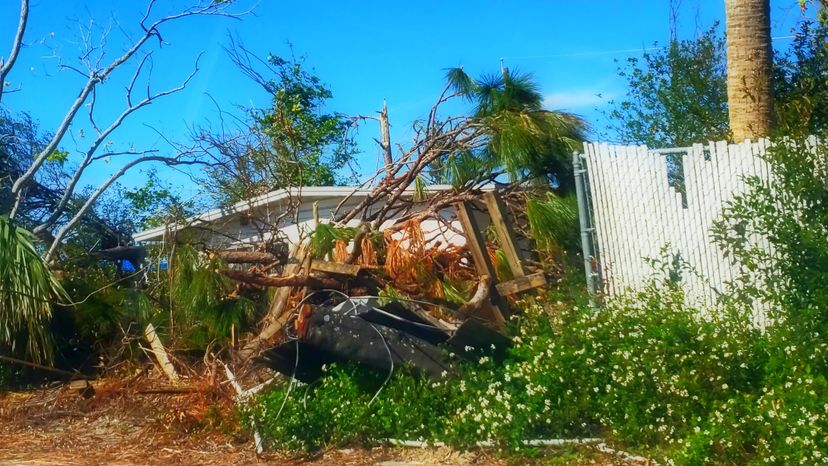Hurricane Michael holds a prominent place in history as one of only four Category 5 hurricanes to have made landfall on the U.S. mainland, alongside the 1935 Labor Day Hurricane, Hurricane Camille in 1969, and Hurricane Andrew in 1992. Analyzing how Michael compares to these other major hurricanes, including the major hurricane category, provides valuable insights into the ever-present threat of powerful storms and the importance of preparedness.
In the following sections, we will compare the maximum sustained winds, lowest pressure at landfall, and the destruction and recovery efforts of Hurricane Michael to those of Hurricane Andrew, Hurricane Camille, and the Labor Day Hurricane, further emphasizing the significance of these historic storms.
Maximum Sustained Winds
Maximum sustained winds refer to the highest wind speed recorded over a period of time, typically one minute. Hurricane Michael’s maximum sustained winds were estimated to be 160 mph, with estimated wind speeds making Michael the third-strongest hurricane to make landfall in the U.S.
Comparing Michael’s maximum sustained winds to those of other major hurricanes, such as the Labor Day Hurricane, Hurricane Camille, and Hurricane Andrew, highlights the immense power of these storms and the importance of understanding their potential impacts on coastal communities.
Lowest Pressure at Landfall
Pressure at landfall is the lowest atmospheric pressure recorded at the time a hurricane makes landfall, indicating the intensity of the storm. Hurricane Michael made landfall with a minimum central pressure of 919 millibars. This is a very low pressure for a hurricane. This record-setting low pressure further emphasizes the storm’s historic intensity.
When compared to other major hurricanes, such as Hurricane Katrina, Rita, Wilma, and Irma, which have all set pressure records, Hurricane Michael stands out as one of the strongest hurricane landfall events on the U.S. mainland. This serves as a reminder of the importance of investing in preparedness and resilience measures to mitigate the impacts of future storms.
Destruction and Recovery Efforts
The aftermath and recovery process for each of these devastating storms reveal the scale of the challenges faced by affected communities. Hurricane Michael, for instance, resulted in $25.5 billion in damage and $661 million in storm damages in Bay County, Florida, including Mexico Beach.
Comparing the destruction and recovery efforts of Hurricane Michael to those of Hurricane Andrew, Hurricane Camille, and the Labor Day Hurricane reinforces the importance of community resilience and the need for effective disaster planning and response strategies to minimize the impacts of future storms.
